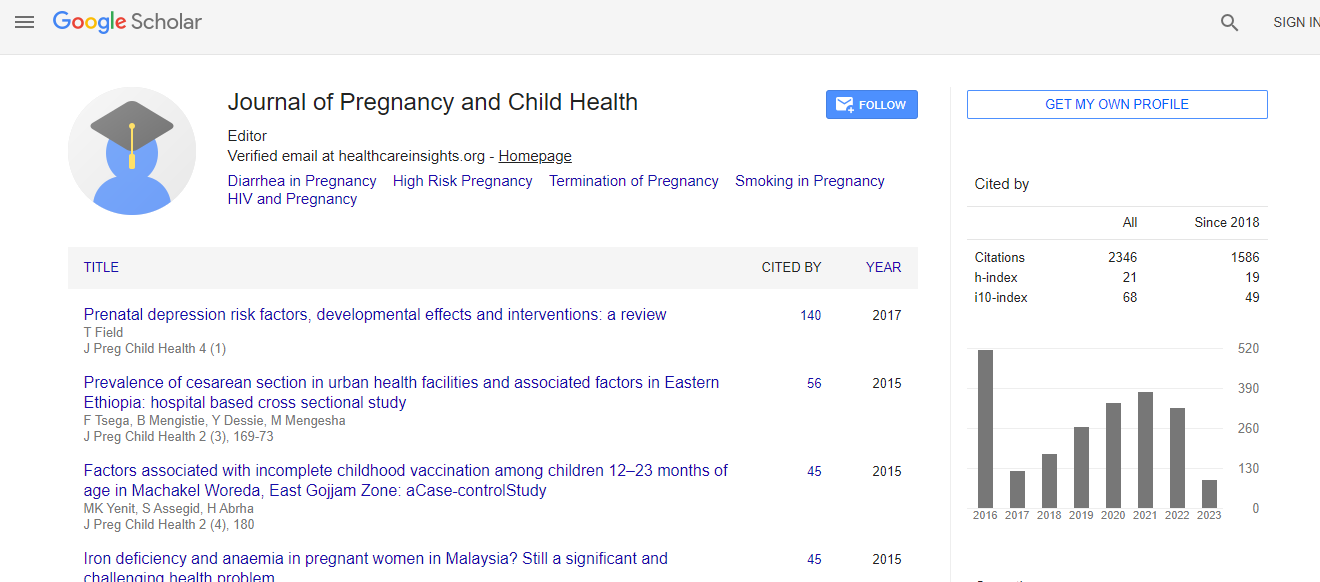Research Article
Risk Stratification and Prophylaxis of Venous Thromboembolic Events in Obstetrics
| Elliot M Levine1*, Norman A Ginsberg2, Ernest Powell2 and Stephen Locher2 | |
| 1Department of Obstetrics and Gynecology, Advocate Illinois Masonic Medical Center, Chicago, Illinois, USA | |
| 2Northwestern University Medical Center, Chicago, Illinois, USAg | |
| Corresponding Author : | Elliot M Levine Department of Obstetrics and Gynecology Advocate Illinois Masonic Medical Center, Chicago, Illinois, USA Tel: 773-296-5254 Fax: 773-296-7205 E-mail: Elliot.levine@ advocatehealth.com |
| Received: Septemebr 29, 2015; Accepted: October 31 2015; Published: November 07, 2015 | |
| Citation: Levine EM, Ginsberg NA, Powell E, Locher S (2015) Risk Stratification and of Venous Thromboembolic Events in Obstetrics. J Preg Child Health 2:203. doi:10.4172/2376-127X.1000203 | |
| Copyright: © 2015 Levine EM, et al.. This is an open-access article distributed under the terms of the Creative Commons Attribution License, which permits unrestricted use, distribution, and reproduction in any medium, provided the original author and source are credited. | |
| Related article at Pubmed, Scholar Google | |
Abstract
Objective: To identify the risk factors for perioperative venous thromboembolism, and the possible consequences of pharmacologic thromboprophylaxis used with cesarean delivery.
Study design: An Enterprise Data Warehouse (EDW) of a multi-hospital system was queried to obtain the incidence of and risk factors for perioperative venous thromboembolism (VTE) and the use of pharmacologic thromboprophylaxis (PTP).
Results: Of 337,174 surgical patients over the course of 2010-2013, Cesarean Delivery (CD) occurred 24,608 times, with pharmacologic VTE prophylaxis (PTP) being provided 931 times (4% of the time) and 23,677 times without such prophylaxis. Hemorrhagic complications were recorded 0.08% of the time (0.3% when PTP was provided, and 0.08% without it). As this was found to be statistically significant (p=0.02), this warrants our concern, regarding the appropriateness of using PTP for all cesarean deliveries.
Conclusion: Pharmacologic thromboprophylaxis may have the risk of associated hemorrhage with its use, and it may be worthwhile to use risk stratification to decide whether or not to use it for surgical prophylaxis in particular cesarean cases.

 Spanish
Spanish  Chinese
Chinese  Russian
Russian  German
German  French
French  Japanese
Japanese  Portuguese
Portuguese  Hindi
Hindi 
